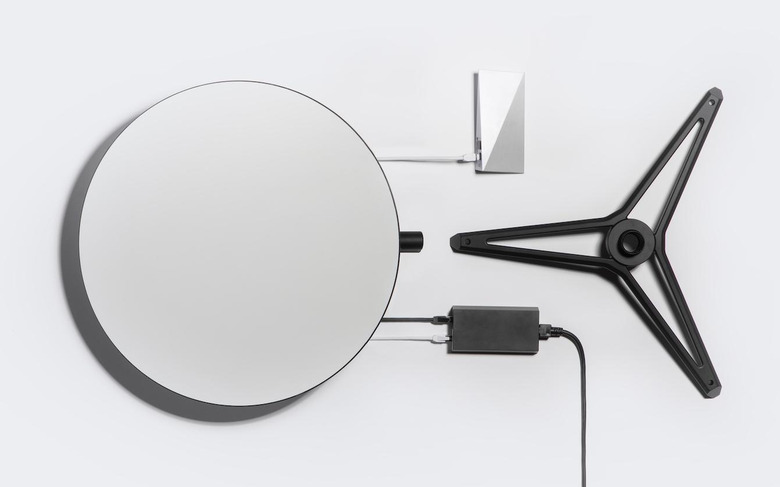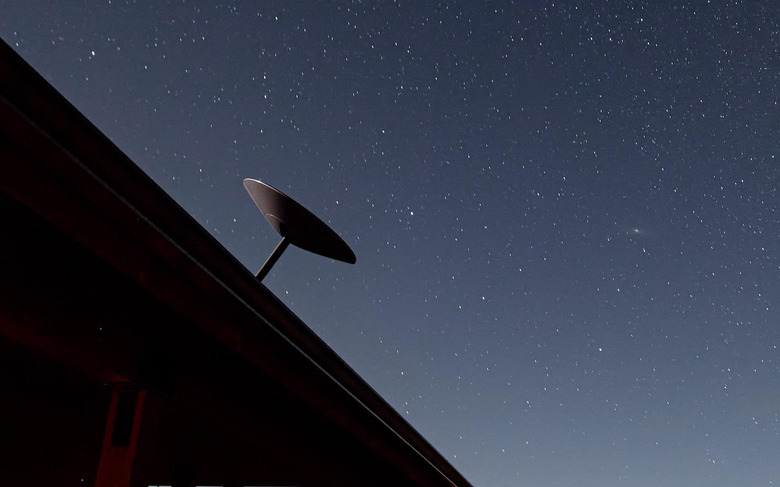SpaceX Starlink Speed & Service Expansion: Elon Musk Reveals Big New Goals
SpaceX's Starlink internet service may be opening up to new customers, but according to Elon Musk the satellite system has even more aggressive targets over the next 12-18 months. Until recently in an invite-only beta, Starlink has recently begun taking broader reservations from those who want to try out its cable- and DSL-free connectivity.
Rather than a physical connection, or terrestrial wireless like 4G/5G home internet services, Starlink relies on a growing constellation of satellites that SpaceX is progressively putting into orbit. Using a self-configuring dish, and a tethered WiFi router, the signal is exchanged between the user's home and that constellation.

While Starlink is operational now, SpaceX has been relatively conservative in what it promises. Data speeds could vary, from 50Mb/s to 150Mb/s, the company warns, while and latency could hover between 20ms to 40ms. At some points, service could cut out altogether.
According to SpaceX founder Elon Musk, though, we won't have too long to wait for a big improvement there. "Speed will double to ~300Mb/s & latency will drop to ~20ms later this year," Musk confirmed on Twitter today. As for coverage, that's also the subject of an aggressive target.
"Most of Earth by end of year, all by next year," Musk suggested, "then it's about densifying coverage."

That would be a considerable achievement for Starlink, given its current deployment of satellites is a long way off the goal of thousands in service. Still, SpaceX can achieve widespread service without needing to hit that maximum coverage. It just might involve a broader field of view for dishes of the earlier subscribers.
"The area within which this beam moves is the "field of view". If any object such as a tree, chimney, pole, etc. interrupts the path of the beam, even briefly, your internet service will be interrupted," Starlink explains. "In early service, the required clear field of view is a 100-degree cone around the center of the dish (after tilting) with a 25 degree elevation minimum. Some obstructions are worse than others. Obstructions low in the sky will cause more outages because satellites are in this area of the sky more frequently."
Even as the constellation fills out, however, how good a solution Starlink is for your connectivity needs will depend on where you are. [It's] important to note that cellular will always have the advantage in dense urban areas," Musk added. "Satellites are best for low to medium population density areas."
Currently, Starlink is taking refundable $99 deposits on the $499 kit for new sign-ups. They'll be contacted, the company says, as service areas spread.
